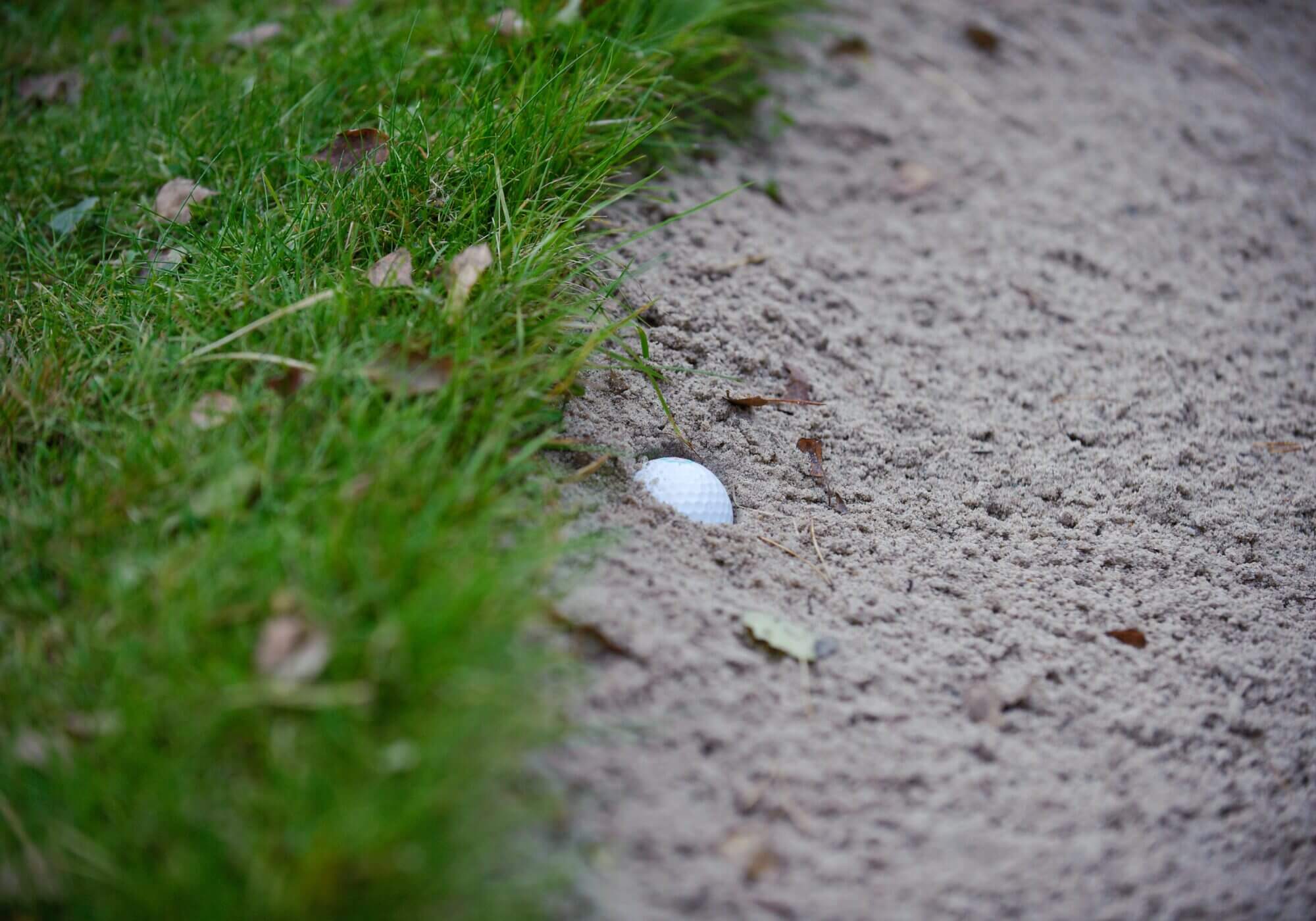Fifteen minutes. That’s how long I watched a student torture himself and a perfectly good golf ball last week. His drive had found the one spot behind a massive oak where recovery was impossible, yet there he stood, swinging at air, chunking roots, and somehow making the situation worse with each attempt. By the time he picked up, a simple bogey had become a 10.
“Why didn’t you just take an unplayable lie?” I asked.
He stared at me like I’d suggested he pick up the ball and throw it onto the green. “Isn’t that cheating?”
This reaction drives me crazy because it represents everything wrong with how recreational golfers think about course management. The unplayable lie isn’t some shameful admission of defeat — it’s smart golf. After twenty years of teaching, I’ve lost count of how many rounds I’ve watched get destroyed by players who’d rather fight impossible lies than make one intelligent decision.
You get three options with an unplayable lie, each costing one penalty stroke. Master these, and you’ll save more strokes than any swing tip I could give you.
Option 1: Stroke-and-distance (the reset button)
Go back to where you last played and hit again. Most golfers hate this option because it feels like going backward, but sometimes backward is the only way forward.
One of my students used to be the poster child for heroic recovery attempts. Low 80s player, decent swing, terrible decision-making. We’re playing a tight par four with water left, trees right. His drive goes right into the forest. The old version of this student would have grabbed a 7-iron and tried to thread a shot through branches no wider than a dinner plate.
After working together, he walked back to the tee, hit his second drive down the middle, and made bogey instead of his usual double or triple.
The key is recognizing when your current spot offers zero reasonable options. Behind a tree with no swing path? Under a branch where you can’t make contact? In rough so thick you can’t advance the ball? Don’t be a hero. Be smart.
Option 2: Two-club-length drop (the escape artist)
Drop within two club lengths of where your ball sits, no closer to the hole. This is where you get creative.
Two club lengths is magic. That ball pressed against a tree trunk? Your drop might put you in light rough with a clear swing. Buried in bushes? You could end up with a clean lie and an open path to the green. Just remember in a bunker, the ball must remain inside the bunker.
Another student changed her entire approach when she learned to visualize before deciding. Instead of just staring at her predicament, she’d pace off two club lengths in different directions, finding the spot that gave her the best angle and lie for her next shot. Her scores dropped immediately because she stopped turning disasters into manageable problems.
Walk around. Explore your options. The best drop zone isn’t always obvious.
Option 3: Back-on-the-line relief (the strategic play)
Draw a line from the hole through your ball and go back as far as you want on that line. This is pure strategy.
Smart players use this to create their ideal approach distance. You’re 40 yards from the green in thick rough? Go back to your comfortable 80-yard wedge distance on that line. Yes, you’ll take a penalty stroke, but you’re trading a difficult pitch for a routine approach shot.
I’ve seen players go back 100 yards to get their perfect yardage. The penalty stroke becomes an investment in a better score. Just remember, when in a bunker, the drop must remain inside unless you’re using the two-stroke external relief.

Special rules for bunkers (The game changer)
Bunkers complicate things, but in a good way. You still get the same three basic options, with important restrictions:
For one penalty stroke:
- Stroke-and-distance works exactly the same (if your last shot was from outside the bunker, this gets you out completely)
- Two club lengths and back-on-the-line both require you to drop within the bunker
The 2019 game-changer:
Since 2019, you can drop outside the bunker on the back-on-the-line for two penalty strokes total.
This option sounds expensive, but it can save your round. Terrible bunker player? Ball buried in wet sand? Facing a 40-foot lip you’ve never successfully cleared? Sometimes paying two strokes for a clean lie outside the bunker beats the risk of multiple failed attempts from awful sand.
I watched a student use this rule at a course with railroad tie bunkers. His ball was buried against the front wall—physically impossible to advance. Instead of hacking away, he took the two-stroke penalty, dropped 50 yards back on the line, and hit a smooth wedge to 10 feet. What could have been a 9 became a 6.
The mental shift that changes everything
The biggest hurdle isn’t understanding the options — it’s accepting that one penalty stroke often prevents three or four additional strokes.
Golf rewards smart decisions over heroic attempts. The unplayable lie rule exists to keep you playing golf instead of fighting situations that were never meant to be played.
Stop viewing unplayable lies as giving up. Start seeing them as taking control. Your scorecard will improve, and you’ll actually enjoy those tough holes instead of letting them ruin your round.
Next time you’re staring at an impossible lie, ask yourself one question: “What’s the smartest play here?”
More often than you think, the answer is in your back pocket, waiting for you to be smart enough to use it.
The post Unplayable Lies Explained: The Smartest Rule You’re Not Using Enough appeared first on MyGolfSpy.


